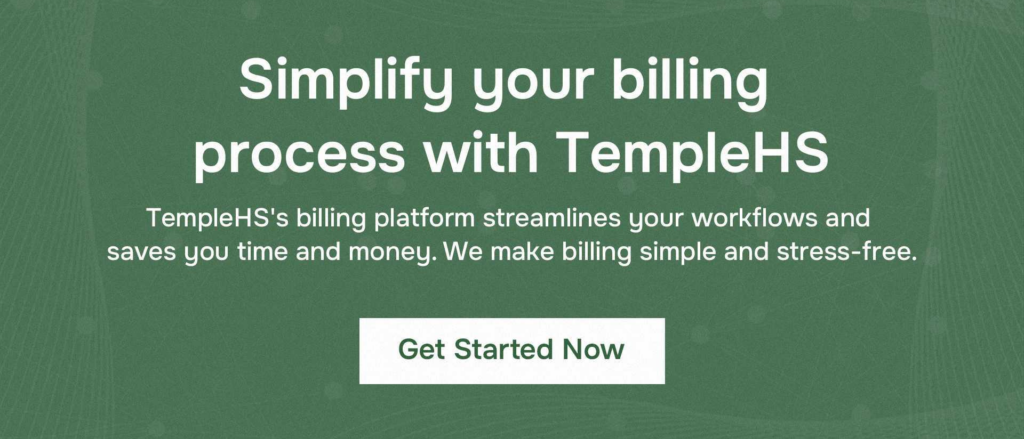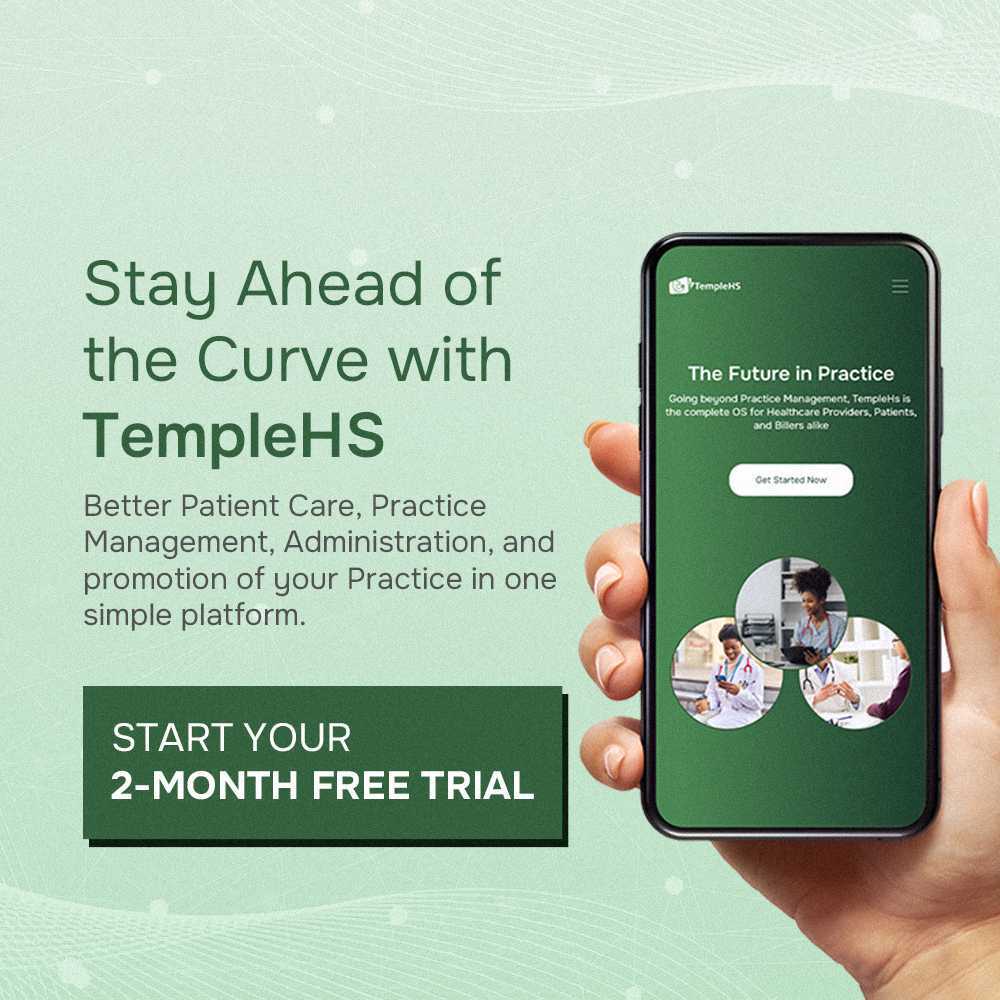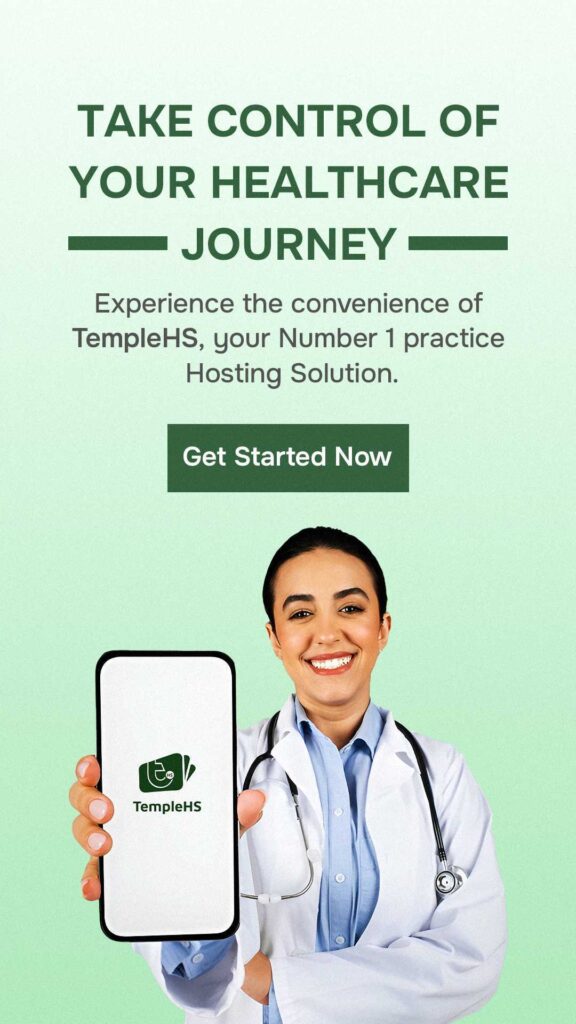No-shows in a medical setting don’t just result in revenue loss; they also represent missed opportunities to provide timely care, creating inefficiencies that affect both patients and healthcare providers. Ensuring that patients attend their scheduled appointments is crucial for optimal patient outcomes, streamlined office operations, and the financial health of a practice. By understanding the root causes of no-shows and implementing evidence-based strategies to counteract them, clinics and hospitals can mitigate these challenges.
This Post will provide actionable steps to help healthcare professionals and administrators reduce their patient no-show rates, maximizing the value of their time and enhancing the quality of care.
How to Lower Your Patient No-Show Rates: 10 Awesome Ideas
1. Automate Appointment Reminders
Automating appointment reminders stands as a pivotal strategy in curtailing no-shows in healthcare settings. By leveraging automation, healthcare providers can ensure that reminders are sent out consistently and efficiently, without relying on manual processes which can be prone to human error. Sending reminders through various channels like text messages, emails, or phone calls offers a multifaceted approach to reaching patients where they are most accessible.
Personalizing these reminders, by including the patient’s name, the specifics of their appointment, and the name of their healthcare provider, adds a touch of sincerity. This personal touch can make patients feel valued and recognized, thereby increasing the likelihood of them committing to their scheduled appointment.
2. Prioritize SMS Texting
With the ubiquity of smartphones and the near-constant connectivity we experience in today’s digital age, SMS texting has emerged as one of the most direct and effective means of communication. Unlike emails, which may get lost in cluttered inboxes or be overlooked due to the sheer volume, text messages have a more immediate presence. They pop up directly on a user’s screen and, as statistics show, have a much higher open and response rate.
By making SMS texting a primary method for appointment reminders, healthcare providers can tap into this immediacy, effectively capturing the patient’s attention and reminding them of their impending appointment.
3. Use the Preferred Patient Communication Method
Different strokes for different folks. While many might prefer SMS texting, others might feel more comfortable with emails, phone calls, or even mobile app notifications. When patients schedule their appointments, it’s of paramount importance to inquire about their preferred communication channel. This gesture respects and acknowledges individual patient preferences and maximizes the effectiveness of reminder communications.
If a patient is most likely to notice and respond to an email, sending them an email reminder would be the best course of action. Tailoring communication strategies to individual preferences ensures that reminders are sent, received, and acted upon, significantly reducing the chances of missed appointments.
4. Implement Proactive Pay and Scheduling
In a world that values convenience, allowing patients to both pay for and schedule their appointments in advance offers a seamless experience that can reinforce commitment. Proactive pay and scheduling systems can serve as a binding pact, making patients more invested in their appointments.
Patients who have already financially committed are less likely to miss an appointment due to perceived sunk costs. Additionally, advanced scheduling provides clarity and allows patients to plan their schedules accordingly, decreasing the chances of unforeseen clashes and, consequently, no-shows.
5. Keep Wait Times Short
A patient’s time is as valuable as that of the healthcare provider. Extended wait times can be a significant deterrent and might discourage patients from attending their future appointments. Ensuring that the practice runs punctually and efficiently communicates respect for the patient’s time and reduces the risk of no-shows.
By upholding a reputation for timeliness, a healthcare facility can gain the trust and appreciation of its patients, making them more likely to prioritize their health commitments and attend scheduled appointments.
6. Provide Transportation Options
Transportation issues can be a significant barrier to accessing healthcare services. For some, it might be the lack of a personal vehicle, while public transportation might not be feasible or available for others. By recognizing this challenge and offering transportation assistance, healthcare providers can remove a critical obstacle in the patient’s journey to receiving care. This proactive approach ensures that logistical hurdles don’t stand between the patient and their health.
7. Reward Those Who Show Up
Positive reinforcement can be a powerful motivator. By rewarding patients who consistently honor their appointments, healthcare practices show appreciation and encourage punctuality and commitment in the future. Offering tangible benefits, whether it’s discounts on subsequent services, tokens of appreciation, or entry into a raffle, adds an element of incentive.
This strategy can bolster patient engagement and commitment, fostering a positive feedback loop wherein both the healthcare provider and the patient reap mutual benefits.
8. Keep a Telehealth Waitlist
The global shift towards digitalization and remote solutions has positioned telehealth as a convenient and effective alternative to traditional in-person appointments. By maintaining a telehealth waitlist, clinics can provide an alternative option for patients who miss their scheduled appointments.
This ensures continuity of care and accommodates patients who might have logistical challenges getting to the clinic or are reluctant to visit in person due to personal reasons or prevailing circumstances. Offering this flexible option can significantly reduce gaps in care and provide an immediate solution to address no-shows.
9. Adopt and Communicate a No-Show Policy
Setting boundaries and expectations is essential in any relationship, and the patient-provider dynamic is no different. A clear and concise no-show policy sets the standard for commitment and reliability. However, its mere existence isn’t enough.
Effective communication of this policy is key. Patients should be made aware of it during the scheduling process, and reminders about the policy should be included in any subsequent appointment communications. By doing so, patients become more cognizant of the importance of their scheduled slots and the potential repercussions of missing them.
10. Develop Strong Patient Relationships
At the core of healthcare is the principle of human connection. Beyond the medical treatments and procedures, the relationships between patients and providers often play a crucial role in determining adherence to appointments. When patients feel genuinely valued, respected, and understood, they develop a deeper sense of trust and loyalty to their healthcare providers.
Making an intentional effort to know them can significantly influence their commitment to their health journey. Strong patient relationships create an environment where patients feel accountable and are thus more likely to prioritize and honor their appointments.
Conclusion
In a healthcare setting, every scheduled appointment is a commitment between the provider and the patient. Reducing no-show rates is not just about preserving revenue, but also about fostering trust, maintaining effective patient-provider relationships, and ensuring that everyone can access timely medical care. Implementing proactive and strategic measures can significantly lower these rates, benefiting the health institution and its community.



